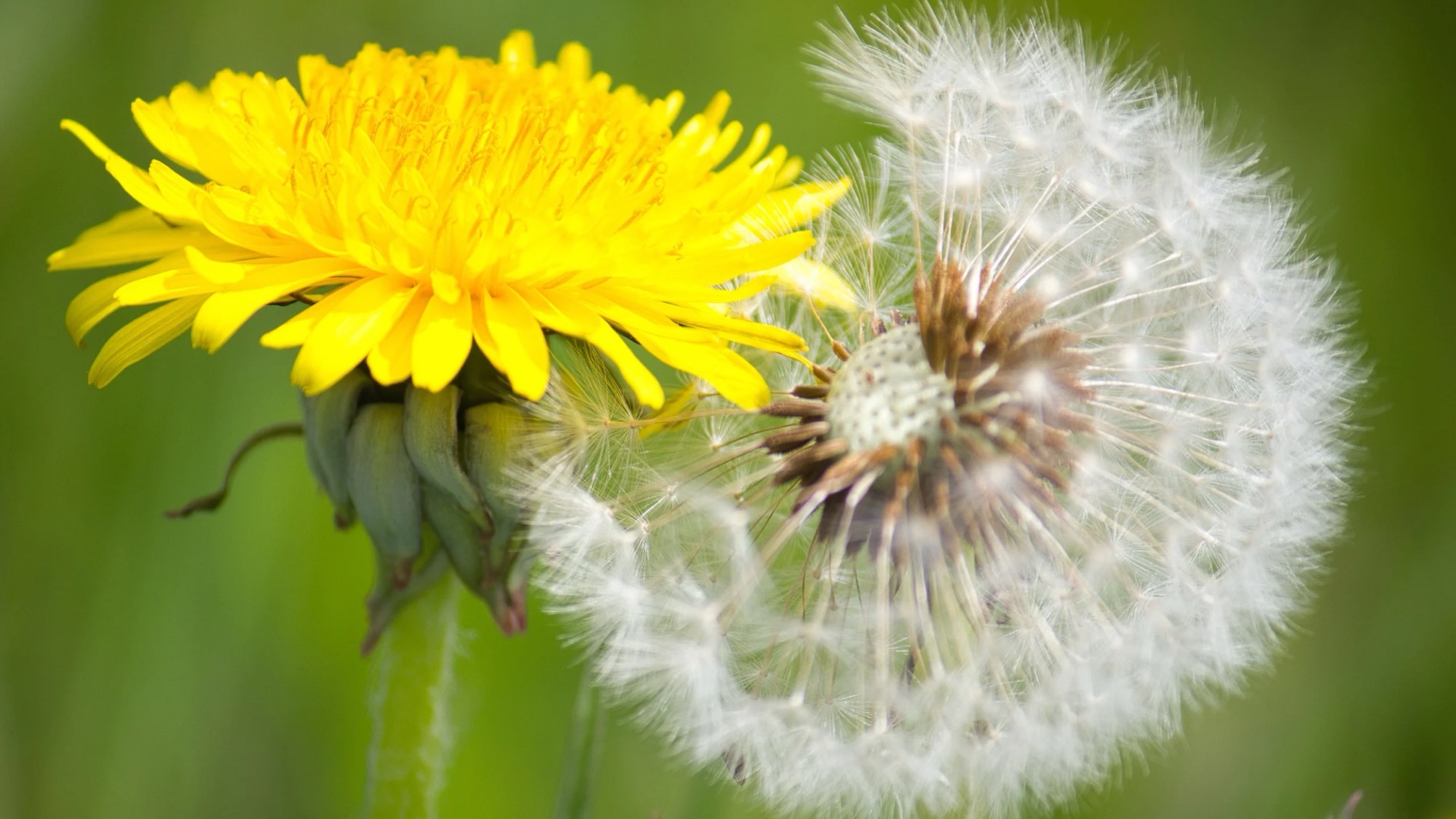Blueberries are a delightful and nutritious fruit known for their antioxidant-rich properties and delicious flavor. While typically associated with regions known for their acidic soils and cooler climates, like the Pacific Northwest, blueberries can also thrive in Northeast Ohio with proper care and attention. If you’re eager to cultivate sweet and juicy blueberries in your garden, this guide will provide you with essential tips and tricks for success.
I. Choosing the Right Blueberry Varieties:
- Highbush Blueberries: Highbush blueberries (Vaccinium corymbosum) are the most common type of blueberry grown in Northeast Ohio. They come in various cultivars, such as ‘Bluecrop,’ ‘Jersey,’ and ‘Elliot,’ each with different ripening times and flavors.
- Half-High Blueberries: Half-high blueberries are a hybrid of highbush and lowbush blueberries. They are more compact, making them suitable for smaller gardens. Look for varieties like ‘Northblue’ or ‘Northsky.’
- Sunlight: Blueberries require full sun to produce bountiful and sweet fruit. Choose a location in your garden that receives at least 6-8 hours of direct sunlight daily.
- Soil: Blueberries prefer acidic soil with a pH between 4.5 and 5.5. Test your soil’s pH, and amend it with elemental sulfur or acidic organic matter if needed to lower the pH.
- Drainage: Ensure the planting site has well-draining soil, as blueberries are susceptible to root rot in waterlogged conditions.
- Companion Plants: Azaleas, Rhododendrons, Ferns, Lingonbeerriees, Daffodils, Clovers, Chives, Marigolds. Learn More.
- Planting Time: The best time to plant blueberries in Northeast Ohio is in early spring or late fall when the soil is workable.
- Spacing: Blueberry bushes should be spaced about 4 to 6 feet apart to allow for adequate air circulation and future growth.
- Digging the Hole: Dig a hole slightly larger than the root ball and loosen the soil in the area.
- Mulching: Apply a layer of acidic mulch, such as pine needles or wood chips, around the base of the blueberry plants to retain moisture and suppress weeds.
- Watering: Keep the soil consistently moist but not waterlogged. Blueberries have shallow root systems, so regular watering is crucial, especially during dry periods.
- Fertilizing: Blueberries have specific nutrient needs. Fertilize with an acidic fertilizer in early spring and again after harvest. Avoid over-fertilizing, as it may lead to excessive growth but fewer fruits.
- Pruning: Prune blueberry bushes annually during late winter to remove dead wood and thin out older canes to promote new growth.
- Mulching: Apply a thick layer of organic mulch around the base of the blueberry bushes to insulate the roots and protect them from freezing temperatures.
- Windbreaks: Consider planting blueberries near a windbreak, such as a fence or wall, to shield them from harsh winter winds.
- Timing: Blueberries typically ripen from late June to August in Northeast Ohio, depending on the variety.
- Ripe Fruit: Harvest blueberries when they are fully colored, plump, and easily detach from the bush with a gentle tug.
- Highbush Blueberries: Highbush blueberries (Vaccinium corymbosum) are the most common type of blueberry grown in Northeast Ohio. They come in various cultivars, such as ‘Bluecrop,’ ‘Jersey,’ and ‘Elliot,’ each with different ripening times and flavors.
- Half-High Blueberries: Half-high blueberries are a hybrid of highbush and lowbush blueberries. They are more compact, making them suitable for smaller gardens. Look for varieties like ‘Northblue’ or ‘Northsky.’
- Sunlight: Blueberries require full sun to produce bountiful and sweet fruit. Choose a location in your garden that receives at least 6-8 hours of direct sunlight daily.
- Soil: Blueberries prefer acidic soil with a pH between 4.5 and 5.5. Test your soil’s pH, and amend it with elemental sulfur or acidic organic matter if needed to lower the pH.
- Drainage: Ensure the planting site has well-draining soil, as blueberries are susceptible to root rot in waterlogged conditions.
- Companion Plants: Azaleas, Rhododendrons, Ferns, Lingonbeerriees, Daffodils, Clovers, Chives, Marigolds. Learn More.
- Planting Time: The best time to plant blueberries in Northeast Ohio is in early spring or late fall when the soil is workable.
- Spacing: Blueberry bushes should be spaced about 4 to 6 feet apart to allow for adequate air circulation and future growth.
- Digging the Hole: Dig a hole slightly larger than the root ball and loosen the soil in the area.
- Mulching: Apply a layer of acidic mulch, such as pine needles or wood chips, around the base of the blueberry plants to retain moisture and suppress weeds.
- Watering: Keep the soil consistently moist but not waterlogged. Blueberries have shallow root systems, so regular watering is crucial, especially during dry periods.
- Fertilizing: Blueberries have specific nutrient needs. Fertilize with an acidic fertilizer in early spring and again after harvest. Avoid over-fertilizing, as it may lead to excessive growth but fewer fruits.
- Pruning: Prune blueberry bushes annually during late winter to remove dead wood and thin out older canes to promote new growth.
- Mulching: Apply a thick layer of organic mulch around the base of the blueberry bushes to insulate the roots and protect them from freezing temperatures.
- Windbreaks: Consider planting blueberries near a windbreak, such as a fence or wall, to shield them from harsh winter winds.
- Timing: Blueberries typically ripen from late June to August in Northeast Ohio, depending on the variety.
- Ripe Fruit: Harvest blueberries when they are fully colored, plump, and easily detach from the bush with a gentle tug.
- Highbush Blueberries: Highbush blueberries (Vaccinium corymbosum) are the most common type of blueberry grown in Northeast Ohio. They come in various cultivars, such as ‘Bluecrop,’ ‘Jersey,’ and ‘Elliot,’ each with different ripening times and flavors.
- Half-High Blueberries: Half-high blueberries are a hybrid of highbush and lowbush blueberries. They are more compact, making them suitable for smaller gardens. Look for varieties like ‘Northblue’ or ‘Northsky.’
- Sunlight: Blueberries require full sun to produce bountiful and sweet fruit. Choose a location in your garden that receives at least 6-8 hours of direct sunlight daily.
- Soil: Blueberries prefer acidic soil with a pH between 4.5 and 5.5. Test your soil’s pH, and amend it with elemental sulfur or acidic organic matter if needed to lower the pH.
- Drainage: Ensure the planting site has well-draining soil, as blueberries are susceptible to root rot in waterlogged conditions.
- Companion Plants: Azaleas, Rhododendrons, Ferns, Lingonbeerriees, Daffodils, Clovers, Chives, Marigolds. Learn More.
- Planting Time: The best time to plant blueberries in Northeast Ohio is in early spring or late fall when the soil is workable.
- Spacing: Blueberry bushes should be spaced about 4 to 6 feet apart to allow for adequate air circulation and future growth.
- Digging the Hole: Dig a hole slightly larger than the root ball and loosen the soil in the area.
- Mulching: Apply a layer of acidic mulch, such as pine needles or wood chips, around the base of the blueberry plants to retain moisture and suppress weeds.
- Watering: Keep the soil consistently moist but not waterlogged. Blueberries have shallow root systems, so regular watering is crucial, especially during dry periods.
- Fertilizing: Blueberries have specific nutrient needs. Fertilize with an acidic fertilizer in early spring and again after harvest. Avoid over-fertilizing, as it may lead to excessive growth but fewer fruits.
- Pruning: Prune blueberry bushes annually during late winter to remove dead wood and thin out older canes to promote new growth.
- Mulching: Apply a thick layer of organic mulch around the base of the blueberry bushes to insulate the roots and protect them from freezing temperatures.
- Windbreaks: Consider planting blueberries near a windbreak, such as a fence or wall, to shield them from harsh winter winds.
- Timing: Blueberries typically ripen from late June to August in Northeast Ohio, depending on the variety.
- Ripe Fruit: Harvest blueberries when they are fully colored, plump, and easily detach from the bush with a gentle tug.




